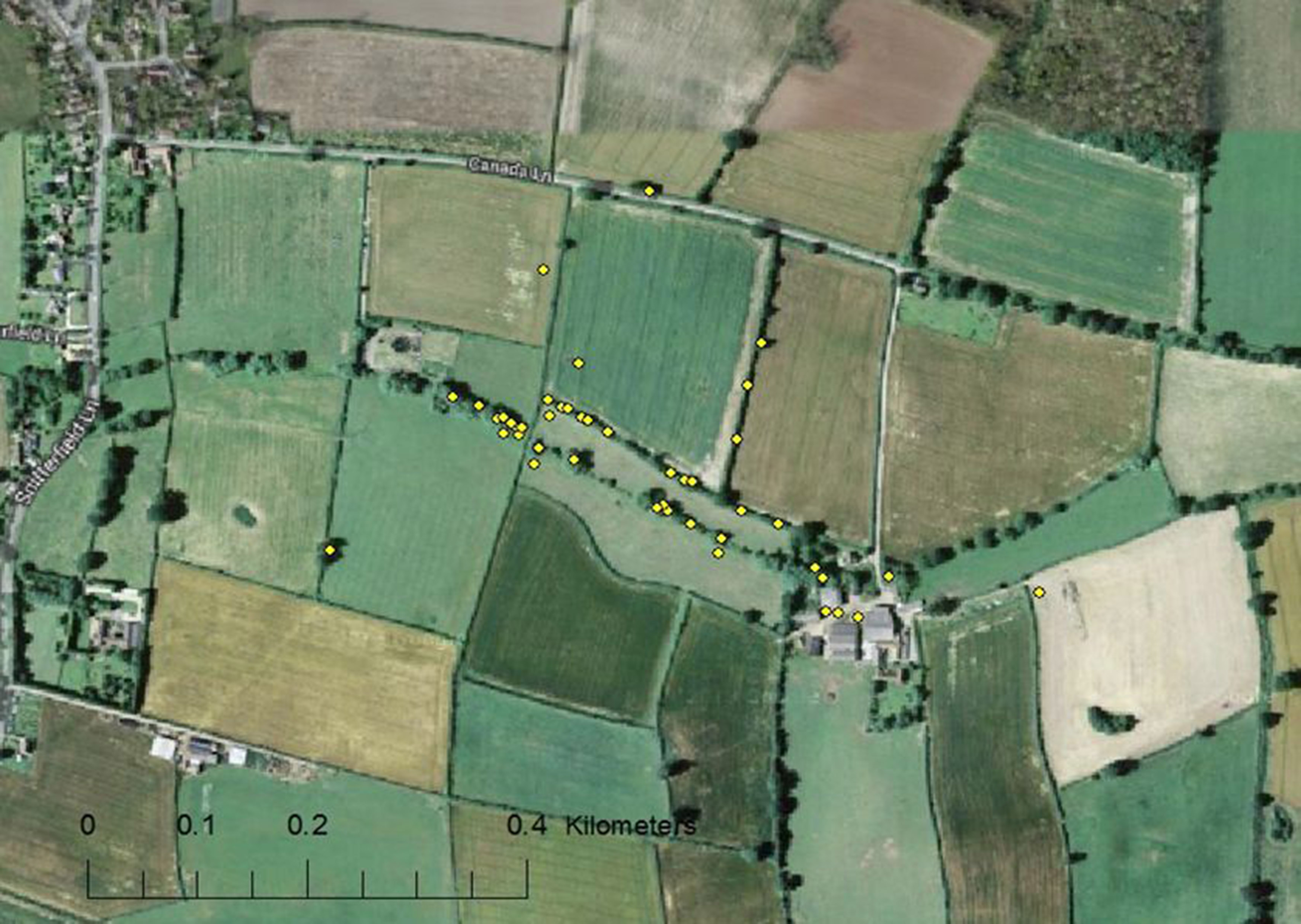
SongBird Survival jointly funded a PhD studentship with the Game and Wildlife Conservation Trust and the University of Exeter in 2014 (with further publications in 2019 and 2021 - see below). This project was commissioned to examine corvid breeding behaviour, as large-scale analyses of relationships between population trends of corvids and songbirds do not show the expected negative relationship, and the experimental removal of corvids has mixed effect on songbird productivity. One explanation for this confused picture is that some individuals may be disproportionately prolific nest predators. Large numbers of corvids may be removed, but if these ‘super-predators’ are not amongst them, then an increase in productivity may not be seen. If we know more about corvid behaviour, we may be able to minimise any damage that they cause to particularly at-risk song and other small bird populations.
This research looked at:
By increasing understanding of predation of songbird nests, this work will help inform more effective and better-targeted countryside management to benefit Britain’s threatened songbirds. There is so much we still don’t know about songbirds, the world they live in and how to protect them, these same thoughts were echoed by David Attenborough:
“Birds are the most popular group in the animal kingdom. We feed them and tame them and think we know them. And yet they inhabit a world which is really rather mysterious.”



This project highlighted the difficulties in creating a management strategy that universally benefits songbirds and limits predation. Management strategies considered to protect songbirds should consider all predator species in the community due to their interactions and external factors. That said, the corvid breeding biology project produced several solutions to the issue of corvid predation.
For more tips and advice on how best to encourage birds to your garden, click here.

Lucy is a research ecologist, now focusing on agricultural ecology with GWCT. Her current research is focused on pollinators and crop pollination. In particular, she is examining how flower-rich habitats in agricultural landscapes affect the number of pollinators and the pollination of field bean crops as part of the BEESPOKE project within the Game & Wildlife Conservation Trust.
Capstick, L.A., Madden, J.R. (2021) Factors predicting susceptibility of songbirds to nest predation by corvids. European Journal of Wildlife Research. 67: https://doi.org/10.1007/s10344-021-01532-z
Capstick, L.A., Sage, R.B., Madden, J.R. (2019) Predation of artificial nests in UK farmland by magpies (Pica pica): interacting environmental, temporal, and social factors influence a nest’s risk. European Journal of Wildlife Research. 65: https://doi.org/10.1007/s10344-019-1290-6
Dunn, J.C., Gruar, D., Stoate, C., Szczur, J., Peach, W.J. (2016) Can hedgerow management mitigate the impacts of predation on songbird nest survival? Journal of Environmental Management. 184(3): 535-544.
Madden C, Arroyo B, Amar A (2015) A review of the impacts of corvids on bird productivity and abundance. Ibis. 157:1–16
Smith R.K., Pullin A.S., Stewart G.B. & Sutherland W.J. (2010) Effectiveness of predator removal for enhancing bird populations. Conservation Biology. 24: 820-829.
Williams, D.R., Child, M.F., Dicks, L.V., Ockendon, N., Pople, R.G., Showler, D.A., Walsh, J.C., zu Ermgassen, E.K.H.J., Sutherland, W.J. (2020) Bird Conservation. pp 137-281 in: W.J. Sutherland, L.V. Dicks, S.O. Petrovan & R.K. Smith (eds) What Works in Conservation 2020. Open Book Publishers, Cambridge, UK.
See our publication library for more of our research.
Receive our monthly e-news and regular updates